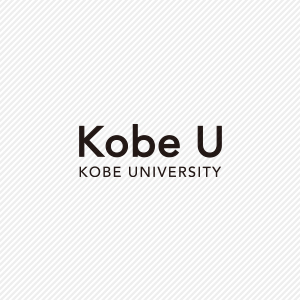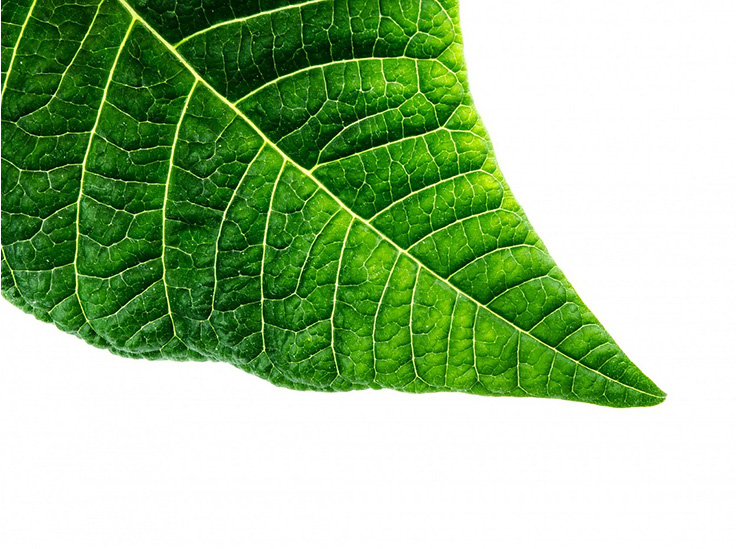Japan, once a leader in technological innovation, is now lagging behind. The number of researchers and published papers has steadily decreased, causing a decline in global competitiveness. The underlying issue is a shortage of talent that forms the foundation for scientific and technological innovation, particularly the decreasing number of students pursuing doctoral programs.
The “Kobe future doctors dōjō for middle school students,” launched in 2022, provides elementary and junior high school students with the opportunity to learn by encouraging their spirit of inquiry. The program fosters the abilities to envision and to pioneer the future, both of which are essential for Japan’s next generation of doctoral candidates.

According to data from the Ministry of Education, Culture, Sports, Science and Technology (MEXT)’s Council for Science and Technology, the number of doctoral degree holders in major countries other than Japan (the United States, Germany, France, the United Kingdom, China, and South Korea) is increasing steadily. In contrast, Japan is experiencing a decline or stagnation. While the government is promoting measures to foster high school students’ interest in scientific research, there is a growing recognition of the need to start nurturing this interest at an earlier stage. Professor Emeritus EBINA Kuniyoshi, coordinator of the “Kobe future doctors dōjō for middle school students,” points out that “the mindset to engage in science and to become a researcher or entrepreneur is not something that is suddenly born after entering university but must be nurtured from an early age.”

Children naturally ask many questions during their elementary school years. However, as they move on to higher education, learning that used to be fun turns into studying with the goal of passing entrance exams, and active thinking is lost.
In recent years, MEXT has made inquiry activities compulsory under the “Courses of study” school standards, and strongly requires the ability to set issues for oneself. “Without the habit of having interests and questions about various things, and expressing those on a regular basis, one cannot set tasks,” says Ebina.
To this end, Kobe University launched the “Kobe future doctors dōjō for middle school students” in 2022, targeting students from the 5th grade of elementary school to the 3rd grade of junior high school. Since 2017, Kobe University has been implementing the “ROOT” human resource development program, which mainly targets high school students. The purpose of ROOT is to develop the abilities of high school students who have a strong curiosity and spirit of inquiry in the field of science and to nurture scientists and engineers who will play an active role in the world. The dōjō aims to expand children’s scientific perspectives at an earlier stage. These initiatives are managed by the “Center for the Next Generation,” which comprehensively handles special admissions and collaborations between universities, high schools, and elementary and junior high schools. This effective framework for science education involving universities is gaining attention.
Seeing the world from different perspectives

Fostering children who can express curiosity and ask questions — the “Kobe future doctors dōjō for middle school students” is different from typical science classes or experiential learning sessions. “Our goal is to have the students develop a worldview by letting their experiences take root in their minds. Participants engage in various activities such as fossil excavation and microscopic observation. I want them to realize that there are connections between those experiences through those activities and that they are just looking at one world from various perspectives,” Ebina says, explaining the aim of the program.
Participants will understand the vastness of the universe through astronomical observations and see the microscopic world at the large synchrotron radiation facility SPring-8 (located in Sayo, Hyogo Prefecture). They will experience the expanse of nature and the spatial and temporal depth. They will also engage in art appreciation and creation, cultivating the contrasting thought processes of “convergent thinking” and “divergent thinking” necessary for research, and experience the process of experimental science. Students imagine the laws behind the phenomena they see, formulate hypotheses and realize them.
The first stage is a session of forty participants. Ten selected from this group will work on more advanced problems in the second stage. They propose challenges that researchers would never have thought of. Through these experiences, participants undergo significant changes. “By observing and listening to a variety of things and making value judgments with a broad perspective, they can grasp the importance of the tasks,” says Ebina. They also learn what it means to fail. “Research does not always lead in a straight line to the goal of a conclusion. We want them to experience trial and error and develop a mentality that does not get discouraged in difficult situations and that sees failure as acceptable,” he adds.
In order to face science
The dōjō emphasizes three things. First, exposure to the “real thing” lets participants visit places unique to Hyogo Prefecture, such as SPring-8 and RIKEN’s supercomputer Fugaku (located in Kobe). Second, through direct dialogue with experts, participants learn how actual scientists think and express themselves instead of just being taught something by people holding knowledge. The third is fostering friendly competition. Each session includes reflection and sharing, encouraging questions and discussions. This is the reason for the name “dōjō,” which refers to the hall used for Japanese martial arts training, and the organizers hope to encourage interaction among the students.

Ebina’s own experience underlies these principles. He has been involved in athletics since junior high school. He not only ran, but also recorded his own performance and repeatedly tested hypotheses on how to run faster. When he was in high school, he wrote letters to a university professor who had written a book on track and field, and even went to see him in person. It was there that he learned of the existence of a workplace called a laboratory and the profession of a researcher. “Until then, I thought university was just an extension of high school, a place to study,” he recalls. This encounter sparked his interest in a career in research.
University student mentors play a key role in the program, guiding discussions and encouraging dialogue among participants. This skill is crucial for academic activities and engaging with participants’ questions stimulates the mentors themselves.
People who understand science support science
What kind of future will this dōjō create? Ebina recalls a conversation with professional conductor YAMAOKA Shigenobu during his student days. When asked why he came to practice with amateurs, Yamaoka replied, “I am fostering an audience that deeply understands music. Our activities are supported by the audience.” It is the same thing. If the number of people who understand science increases, the environment in which researchers can devote themselves will be maintained. “We want to increase the number of people who can investigate, think critically and even read scientific papers on their own. Science will be supported by these people. I would be delighted if participants aspire to become researchers, but even if they do not, having more people with genuine scientific literacy is highly beneficial,” Ebina says with a smile.
Surprises and realizations even for real researchers

IKEDA Kenichi, associate professor, Graduate School of Agricultural Science:
“One participant proposed a second-stage project to investigate why a particular company’s kaitenyaki (a type of Japanese confection) is so delicious. This was an intriguing perspective. The participant imagined the production process, examined cross-sections under a microscope, and conducted elemental analysis.
I was impressed that various analytical approaches learned from the diverse experiences in the first stage were effectively utilized, establishing the project as genuine research.”

TESHIGAWARA Kimie, associate professor, Graduate School of Human Development and Environment
“In a session in which participants were asked to draw a picture using the same technique as the original artist after viewing an abstract painting, many students requested to take home their actual works they had drawn. I had assumed that today’s children, being part of the digital generation, might not have such attachments. This made me realize that the emotional connection and affection for their creations remain unchanged across generations.”
Resume
EBINA Kuniyoshi, professor emeritus, coordinator of the “Kobe future doctors dōjō for middle school students”
Graduated from the Graduate School of Engineering Science, Osaka University in 1982, and became a professor at the Faculty of Human Development, Kobe University in 2000. His expertise spans from environmental physics to science education. He became professor emeritus in 2017. He humorously remarks that he might have become an Olympic track and field athlete if it weren’t for an injury.
Kobe U magazine “Kaze”
- Click here for the Kobe U magazine “Kaze” Vol. 22 in which this article appeared (Japanese).
- Kobe U magazine “Kaze” (Japanese)












